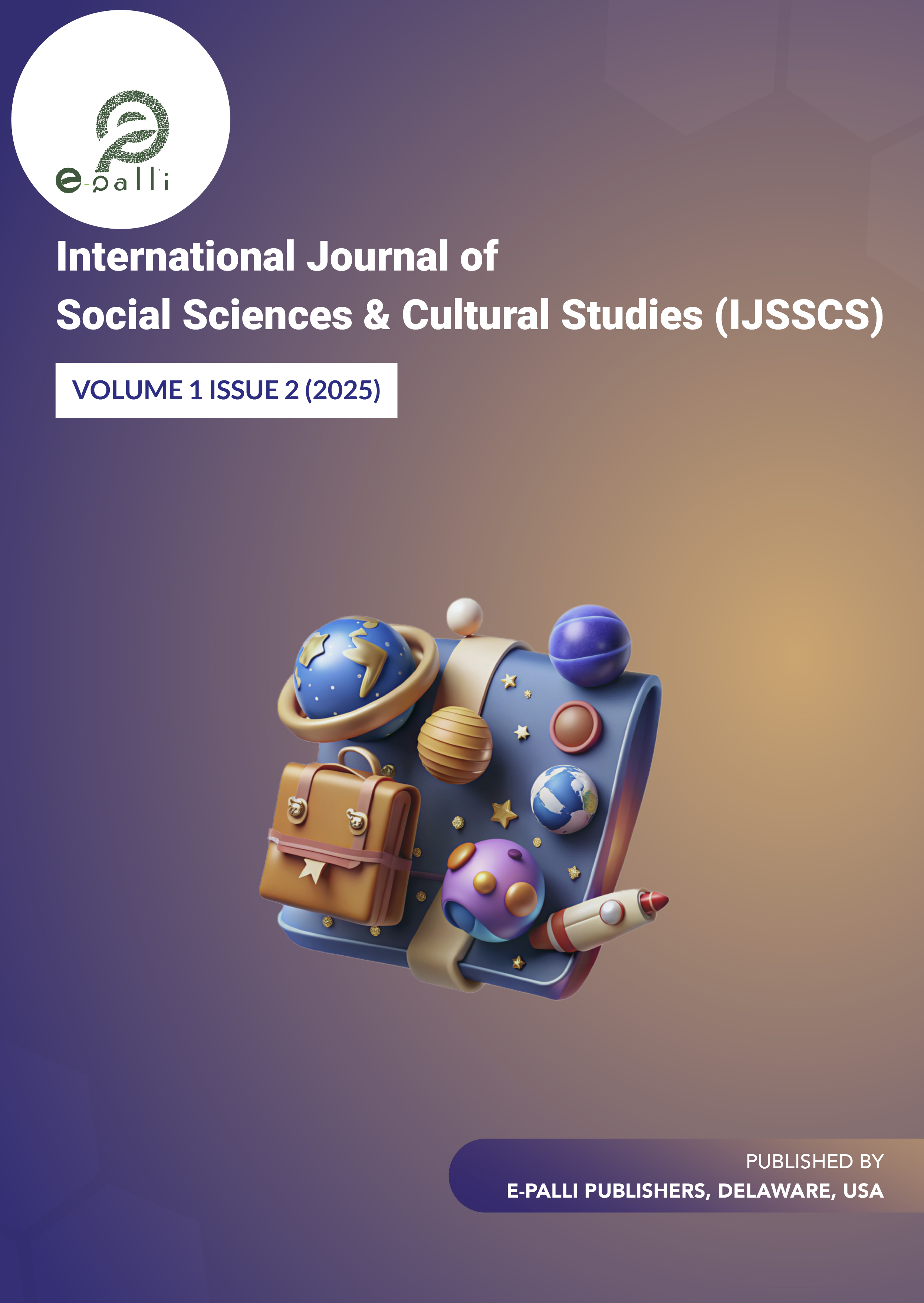Breastfeeding Practices and the Culture of Wet Nursing in Morocco: Ait Baha as a Case Study
Keywords:
Breastfeeding, Culture, Islamic Interpretation, Kinship, Wet Nurses, WomenAbstract
The practice of wet nursing is as old as humankind. It was a common practice in Morocco before and after the invention of the infant milk formula during the late 19th century. Today, the practice is sporadic in the country. However, those women who once adopted the roles of wet nurses and those who placed their children in the wet nurses’ care remain with us. Accordingly, this study aims to unveil dimensions related to wet nursing in Morocco by examining the roles, experiences, and understandings of wet nurses, and by conveying the historical, social, and economic circumstances that have influenced the practice of milk sharing in Moroccan society.
References
Altorki, S. (1980). Milk-kinship in Arab society: An unexplored problem in the ethnography of marriage. Ethnology, 19(2), 233–244. https://www.jstor.org/stable/3773273
Al-Bukhari, M. I. (n.d.). Sahih al-Bukhari (Hadith No. 2645). Retrieved June 21, 2025, from https://sunnah.com/bukhari:2645
Doğan, C. (2021). Tender mothers: Breastfeeding, wet nursing, and the limits of social critique from the late Ottoman to the early republican periods (1880–1930). Mukaddime. https://dergipark.org.tr/en/pub/mukaddime/issue/62265/860918
Fildes, V. (1988). Wet nursing: A history from antiquity to the present. Oxford, England: Basil Blackwell.
Hamjah, S. H., Che Abdul Rahim, N., Muhammad, N., Bahari, N., Mohd. Kusrin, Z., & Illias, M. Z. (2022). Muslim milk mother’s understanding of the Islamic concept of wet nursing. PLOS ONE, 17(5), e0265592. https://doi.org/10.1371/journal.pone.0265592
Ibn Majah. (n.d.). Sunan Ibn Majah (Hadith No. 1936). Retrieved June 21, 2025, from https://sunnah.com/ibnmajah:1936
Jelliffe, D. B., & Jelliffe, E. F. P. (1978). Human milk in the modern world. Oxford, England: Oxford University Press.
Kolata, G. (1987). Wet-nursing boom in England explored. Science, 235(4790), 745–747. https://www.science.org/doi/10.1126/science.3544216
Osborn, M. L. (1979). The rent breasts: A brief history of wet-nursing. Part II. Midwife, Health Visitor & Community Nurse, 15(9), 347–348. https://pubmed.ncbi.nlm.nih.gov/381849/
Quran. (n.d.). The Qur’an (Sahih International translation). Retrieved June 21, 2025, from https://quran.com/2/233
Quran. (n.d.). The Qur’an (Sahih International translation). Retrieved June 21, 2025, from https://quran.com/4/23
Stevens, E. E., Patrick, T. E., & Pickler, R. (2009). A history of infant feeding. Journal of Perinatal Education, 18(2), 32–39. https://pubmed.ncbi.nlm.nih.gov/20190854/
Thorley, V. (2008). Breasts for hire and shared breastfeeding: Wet nursing and cross feeding in Australia, 1900–2000. Health and History, 10(1), 88–109. https://muse.jhu.edu/article/813413
United Nations International Children’s Emergency Fund. (2021). Breastfeeding: A mother’s gift, for every child. UNICEF. https://www.unicef.org/media/48046/file/UNICEF_Breastfeeding_A_Mothers_Gift_for_Every_Child.pdf
Wickes, I. G. (1953a). A history of infant feeding. Part I. Primitive peoples: Ancient works: Renaissance writers. Archives of Disease in Childhood, 28, 151–158. https://pubmed.ncbi.nlm.nih.gov/13041294/
Wickes I. G. (1953b). A history of infant feeding. Part II. Seventeenth and eighteenth centuries. Archives of Disease in Childhood, 28, 232–240. https://adc.bmj.com/content/28/139/232
World Health Organization. (1981). International code of marketing of breast-milk substitutes. https://www.who.int/publications/i/item/9241541601
World Health Organization. (2020). Infant and young child feeding: Model chapter for textbooks for medical students and allied health professionals. https://www.who.int/publications/i/item/9789241597494
Downloads
Published
How to Cite
Issue
Section
License
Copyright (c) 2025 K. Akhoullou, M. El Ouali

This work is licensed under a Creative Commons Attribution 4.0 International License.
